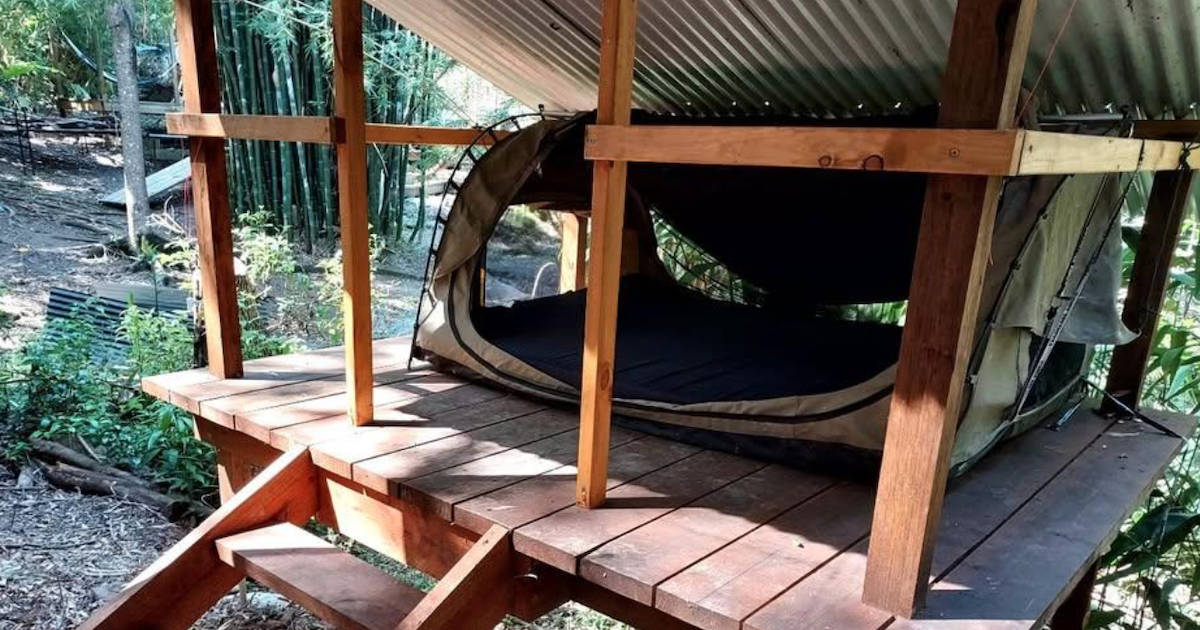Collecting more accurate data
Moorabool Catchment Landcare Group
We are now beginning to collect on-ground data of Koala populations in the region. There are lots of different ways you can contribute to this process, which will lead to better management decisions for this iconic Australian animal.
Citizen scientists (you) have an incredibly important role to play in the collection of data for this project. There are two main ways people can contribute data; observations and transects.
Observations are sightings of Koalas that are recorded through iNaturalist. You can download iNaturalist on your smartphone and every time you see a Koala you can simply take a photo and upload it to iNaturalist. Once uploaded this data becomes publicly available. More data means better decisions can be made to protect Koalas.
The downside of relying solely on observations is that we only record where Koalas are, and not where they aren’t. Knowing where Koalas are not present is just as important and can help us to understand why Koalas are declining.
Transects are a more structured method of collecting data, which can be useful in bringing some robustness to looking for koalas rather than relying on just ad-hoc sightings. It is also beneficial when you want to understand population trends and activity over time and/or you want to survey new areas of potential koala habitat. While the name of this method may sound complicated, it is actually quite simple and is explained in depth below.
To collect more accurate data we are looking for people who wish to establish transects on their property or be designated a transect to monitor.
If you’re interested in performing a Koala transect on your property or on public land, please get in touch [email protected]. More information is available on our website through the link below.
www.mooraboolcatchment.com.au/submit-koala-data/



















